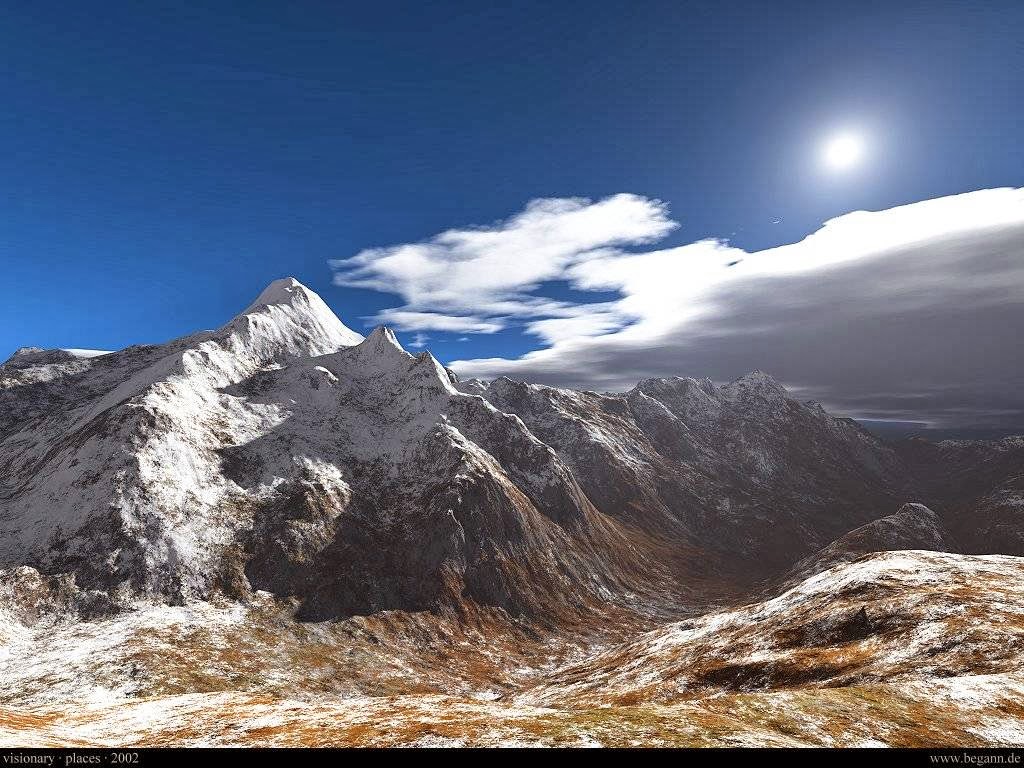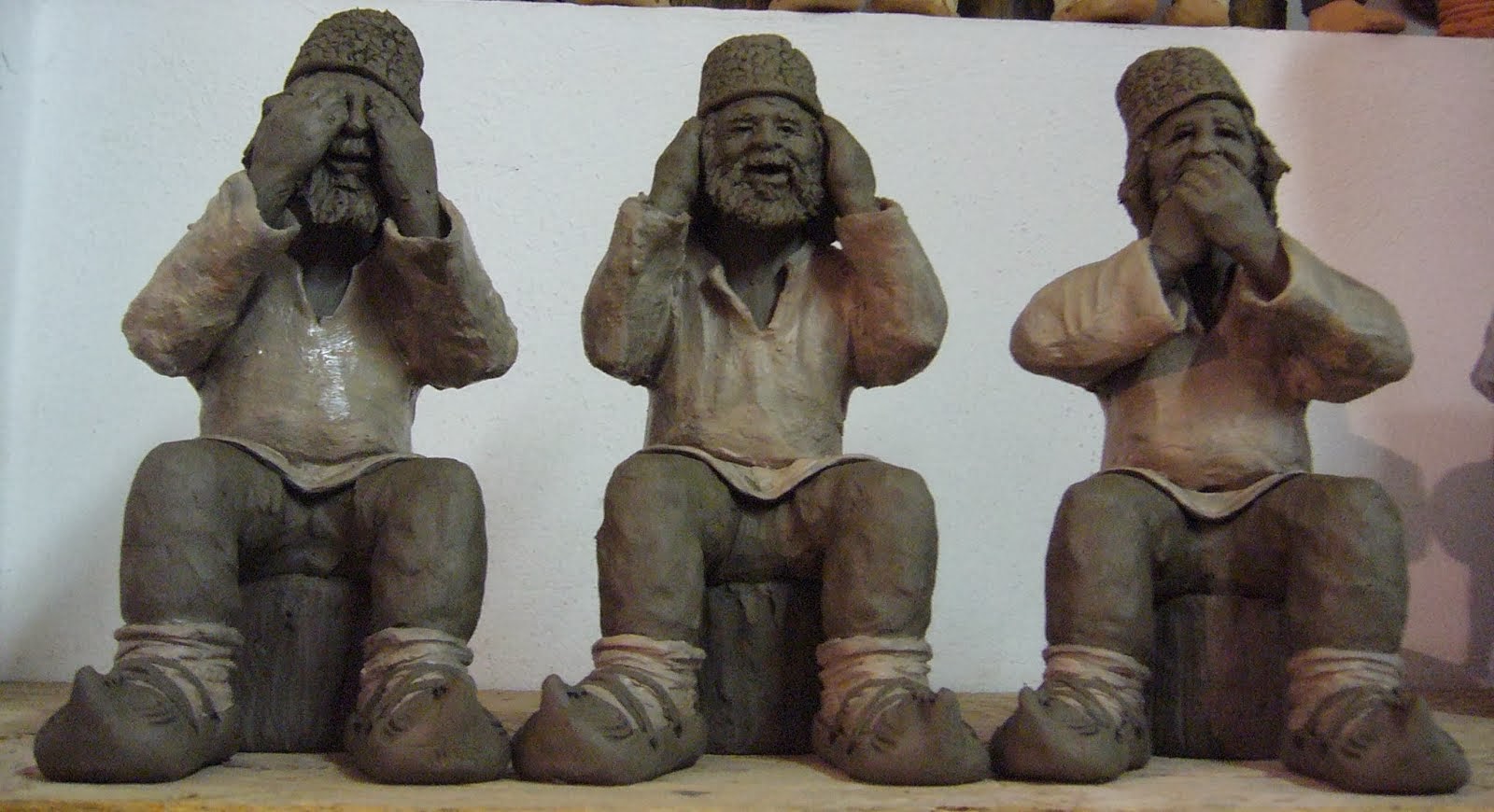A volcanic plug, also called a volcanic neck, is a volcanic landform
created when magma hardens within a vent on an active volcano.
01. Saint Michel d'Aiguilhe — France
The Chapel of Saint-Michel d'Aiguilhe is a fascinating little pilgrimage
chapel perched atop a rocky needle of volcanic formation jutting
dramatically high into the sky, at a place near Le Puy-en-Velay in
France.
The basalt needle on which the chapel is built rises approximately 280
feet (85 m), and is reached by 268 stone steps that wind their way up
the side of the rock. The chapel is surrounded by a walkway that
provides a beautiful view of the city with its Puy Notre Dame Cathedral
and the old bridge crossing the cusps terminal.
The chapel was built in 962, to celebrate the return of Saint James from
the pilgrimage. In 1429 the mother of Joan of Arc, Isabelle Romée, was
said to have come to the site to pray.
Link —
Map
02. El Peñón de Guatapé — Colombia
El Peñón de Guatapé is a monolithic formation located at the town and
municipality of Guatapé, 1 km (0.6 mi) inside the city limits in
Antioquia department, Colombia.
The rock was first climbed officially on July 1954. In 2006, Luis
Villegas, Pedro Nel Ramírez and Ramón Díaz climbed the rock in a
five-day endeavor, using sticks that were fixed against the rock's wall.
A new species of plant was found on the top of the rock, subsequently
named Pitcairma heterophila by a German scientist.
A viewing spot was built on top of the rock, where it is possible to
acquire handicrafts, postcards, and other local goods. It is possible to
see the 500 km (310 mi) shore-perimeter dam. There are 740 steps to the
top of the viewing spot. In the 1940s, the Colombian government
declared it a "National Monument".
At its highest part, on the rear (southeast side), it has an elevation
of 2,135 metres (7,005 ft) over sea level. With an average temperature
of 18 °C (64 °F). The "Peñol" has 185 cubic metres (6,500 cu ft) of rock
mass and it is 385 metres (1,263 ft) long, with an approximate weight
of 10,000,000 tonnes (11,000,000 tons).
Link
03. Trosky Castle — Czech Republic
Trosky Castle is a castle ruin located some 10 km (6 mi) south of
Semily, Liberec Region, Czech Republic. It is one of the most famous
Czech castles and is situated on the summits of two basalt volcanic
plugs.
On the lower peak (47m or 155ft) is the two-storey structure called Baba
(Old Woman), and on the higher outcrop (57m or 187ft) is the four-sided
structure known as Panna (Virgin). The castle is a landmark which
cannot be missed in the countryside known as Ceský ráj (Bohemian
Paradise).
The castle was established by Cenek of Vartenberk (a commander in the
Hussite Wars) in the second half of the 14th century. Two towers were
constructed, one on top of each rock, and various residential buildings
and outhouses erected between them. Three rings of fortified walls
protected the complex.
Link —
Map
04. Katskhi Pillar — Georgia
The Katskhi pillar is a natural limestone monolith located at the
village of Katskhi in western Georgian region of Imereti, near the town
of Chiatura. It is approximately 40 metres (130 ft) high, and overlooks
the small river valley of Katskhura, a right affluent of the Q'virila.
The rock, with visible church ruins on its top surface of around 150 sq m
(1,600 sq ft), has been venerated by locals as the Pillar of Life. It
remained unclimbed by researchers and unsurveyed until 1944 and was more
systematically studied from 1999 to 2009. These studies revealed the
early medieval hermitage, dating from the 9th or 10th century.
Religious activity started to revive in 1995, with the arrival of the
monk Maxim, a native of Chiatura. Between 2005 and 2009, the monastery
building on the top of the pillar was restored with the support of the
National Agency for Cultural Heritage Preservation of Georgia. The rock
is now accessible through an iron ladder running from its base to the
top.
Link —
Map
05. Zuma Rock — Nigeria
Zuma Rock is a large monolith located in Niger State, Nigeria. It is
just north of Nigeria's capital Abuja, along the main road from Abuja to
Kaduna, and is sometimes referred to as "Gateway to Abuja." It is
depicted on the 100 naira bill (national currency). Zuma Rock is 725 m
(2,400 ft) above its surroundings.
As the tourist gets closer, a human like face becomes visible with
engravings representing the eye sockets, the nose and the mouth on the
side of the rock that faces the Abuja - Kaduna express road. Zuma Rock
represents a beautiful and unique natural work of rock formation. If
offers a good environment for picnicking and relaxation. A Five Star
Hotel, Zuma Rock Resort International Limited is being constructed near
the rock. Link
1 2 —
Map
06. Sugarloaf Mountain — Brazil
Sugarloaf Mountain, is a peak situated in Rio de Janeiro, Brazil, at the
mouth of Guanabara Bay on a peninsula that sticks out into the Atlantic
Ocean. Rising 396 metres (1,299 ft) above the harbor, its name is said
to refer to its resemblance to the traditional shape of concentrated
refined loaf sugar.
The mountain is only one of several monolithic morros (hills) of granite
and quartz that rise straight from the water's edge around Rio de
Janeiro. A glass-walled cable car, capable of holding 65 passengers,
runs along a 1400-metre route (4,600 ft) between the peaks of Pão de
Açúcar and Morro da Urca every 20 minutes.
To reach the summit, passengers take two cable cars. The first ascends
to the shorter Morro da Urca, 220 meters (720 ft) high. The second car
ascends to Pão de Açúcar. The Italian-made bubble-shaped cars offer
passengers 360-degree views of the surrounding city. The climb takes
three minutes from start to finish.
Link —
Map
07. Sigiriya — Sri Lanka
Sigiriya (Lion's rock) is a place with a large stone and ancient rock
fortress and palace ruin in the central Matale District of Central
Province, Sri Lanka, surrounded by the remains of an extensive network
of gardens, reservoirs, and other structures. A popular tourist
destination, Sigiriya is also renowned for its ancient paintings
(frescos), which are reminiscent of the Ajanta Caves of India. It is one
of the eight World Heritage Sites of Sri Lanka.
Sigiriya may have been inhabited through prehistoric times. It was used
as a rock-shelter mountain monastery from about the 5th century BC.
According to the chronicles as Mahavamsa (a historical poem) the entire
complex was built by King Kashyapa (477 – AD 495), and after the king's
death, it was used as a monastery until 14th century.
Link —
Map
08. Pico Cão Grande — São Tomé and Príncipe
The Pico Cão Grande (Great Dog Peak) is a landmark needle-shaped
volcanic plug peak in São Tomé and Príncipe, located in the south of São
Tomé Island in Obo National Park.
It rises dramatically over 300 m (1,000 ft) above the surrounding
terrain and the summit is 663 m (2,175 ft) above sea level. Clouds and
fog often cover the peak of this amazing geological structure.
Link —
Map
09. Penyal d'Ifac — Spain
The Penyal d'Ifac is a massive limestone outcrop emerging from the sea
and linked to the shore by rock debris. It is home to numerous rare
plants, including a number of endemic species, and over 300 species of
animals, and a nesting site for colonies of sea birds and other birds.
Rising to 332 metres (1,100 ft) high, the rock is a striking visual
feature of the Mediterranean coastline. Behind the rock is a large
lagoon cut off from the sea by strips of sandy beach and extending
inland to the coastal mountains. The wetland area around the lagoon is
all that remains of the formerly much more extensive wetlands of the
Marina Alta.
Link —
Map
10. Devils Tower — USA
Devils Tower is an igneous intrusion or laccolith located in the Black
Hills near Hulett and Sundance in Crook County, northeastern Wyoming,
above the Belle Fourche River. It rises dramatically 1,267 feet (386 m)
above the surrounding terrain and the summit is 5,114 feet (1,559 m)
above sea level.
It was the first declared United States National Monument, established
on September 24, 1906, by President Theodore Roosevelt. The Monument's
boundary encloses an area of 1,347 acres (545 ha). About 400,000
visitors a year visit this beautiful formation.
Link —
Map




























Niciun comentariu:
Trimiteți un comentariu